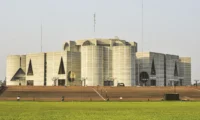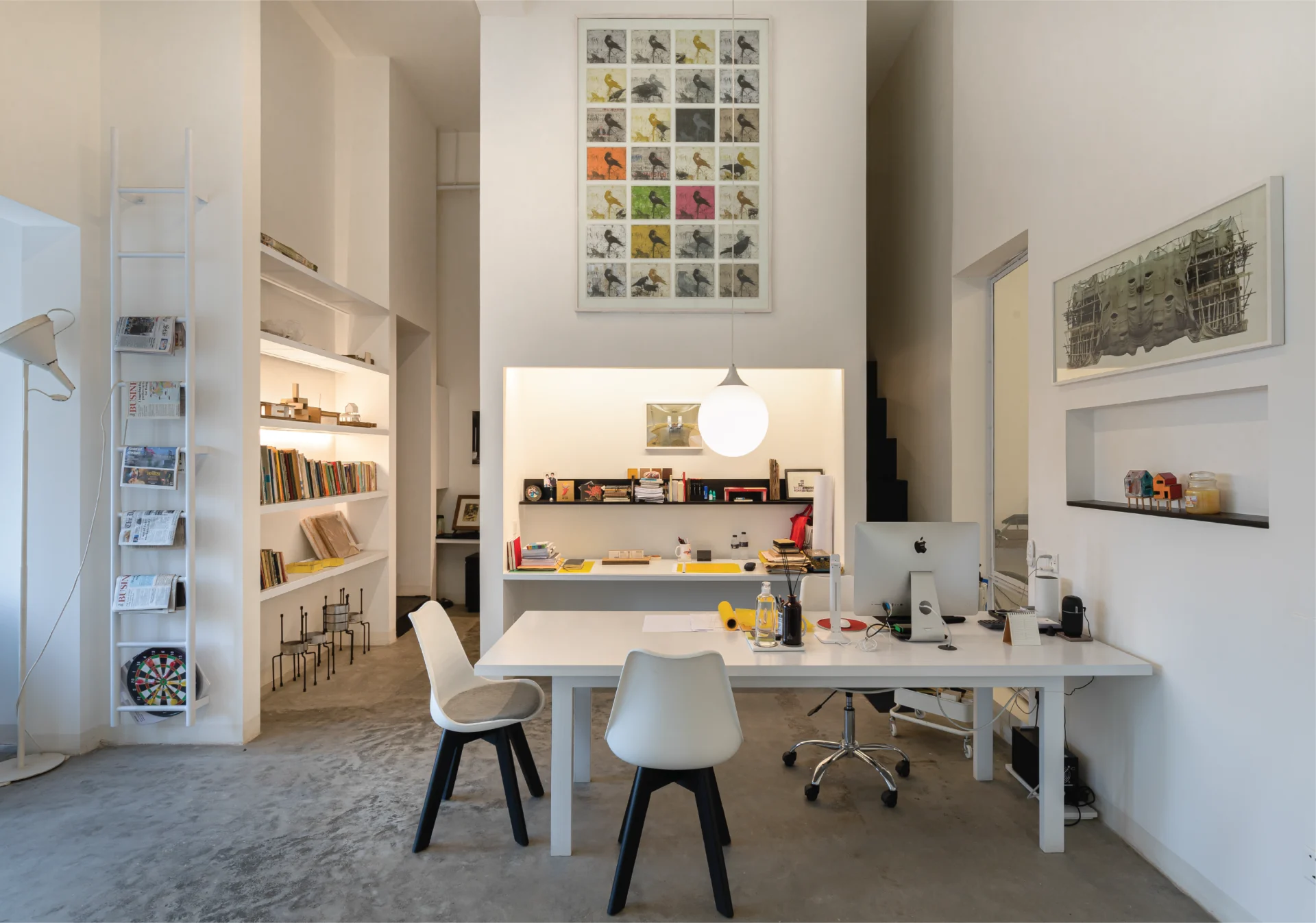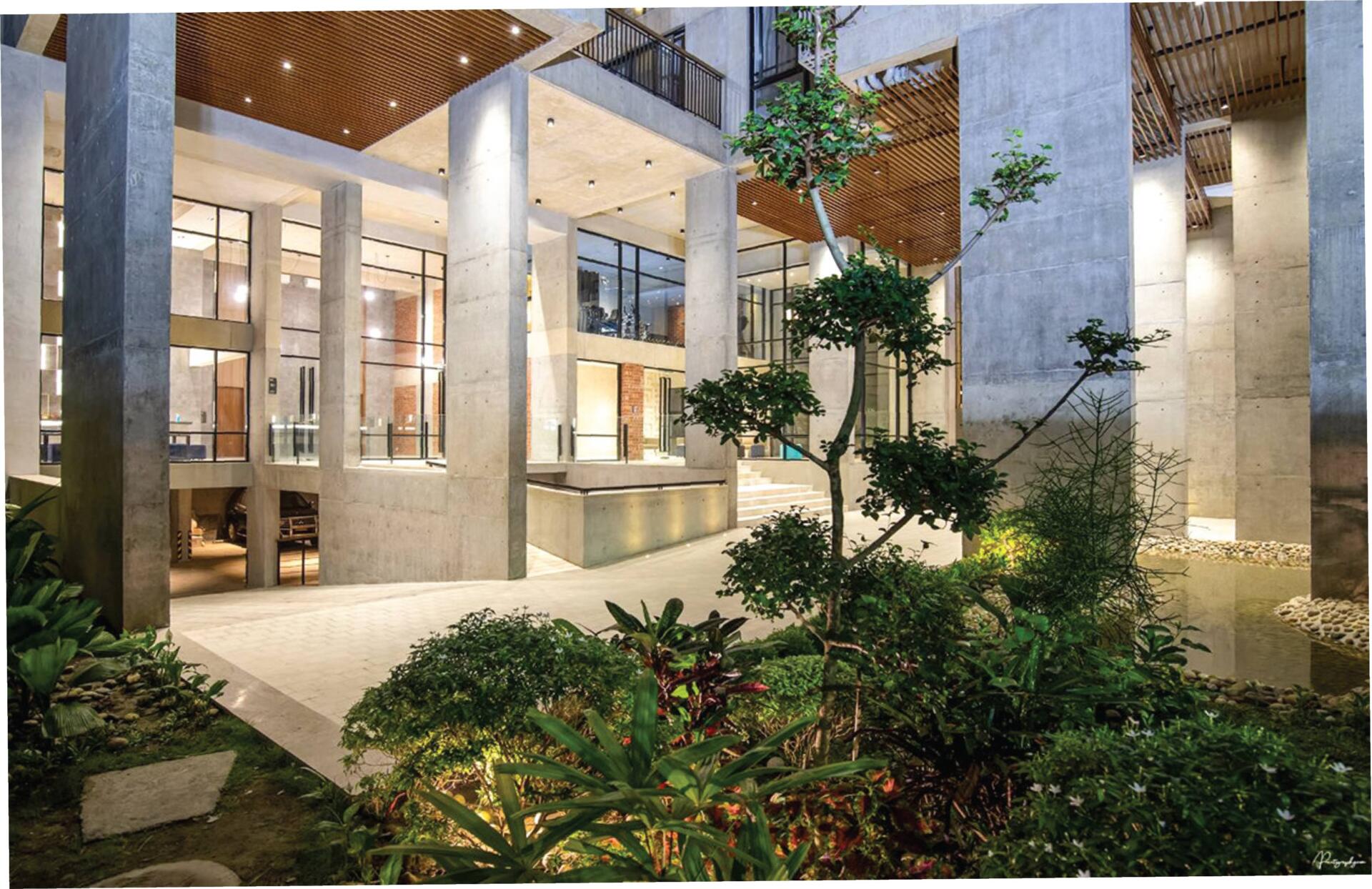
Going down one of the most elite avenues of Dhaka city, the count of ones and twos will be less when it comes to the display of architecture by Mustapha Khalid Palash. Mr Palash, principal architect, and his team Vistaara Architects (Pvt.) Limited, have contributed to the new city skyline with significantly designed commercial buildings that are money-making machines for the economy. While passing by, young architects admire those works – this is quite an accomplishment for an architect, right?
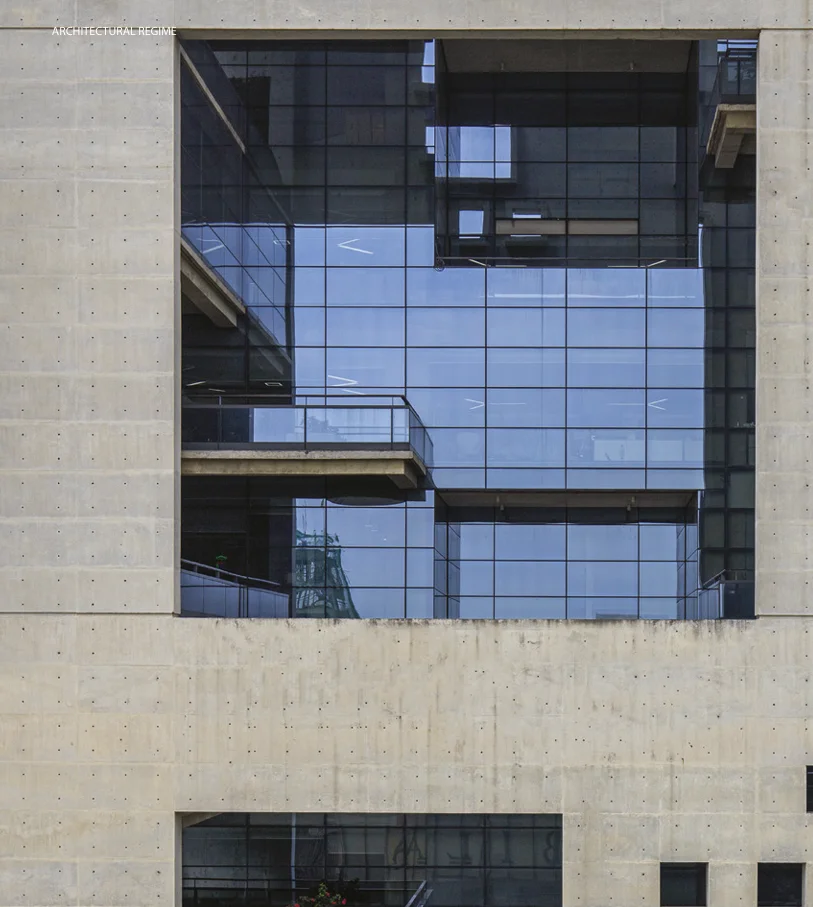
However, architect Mustapha Khalid Palash does not have a similar feeling. He is dissatisfied with the replacement of Dhaka’s natural landscape with man-made infrastructure, himself being a part of the contribution to the concrete ‘slum’ with added aesthetics. The nostalgic mind of this multi-talented person wanders around the city he was born in. He misses the vista of green and the landscape of Dhaka. All that visual relief has been lost in the name of fast-paced city development.
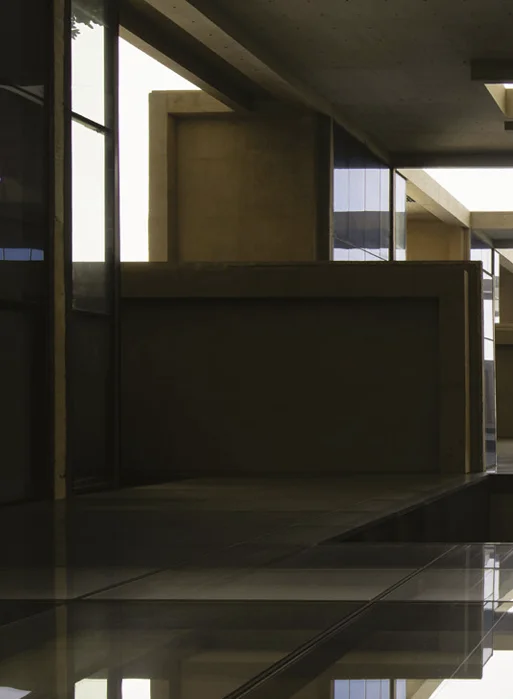
The young Palash, born in the early 1960s on Baily Road, Dhaka, and later shifted to Gulshan in the mid-1990s, has a vivid scenario of life then: the environment, the lush and green of the city, and its cooling effect on the temperature in the good old days.
The boom in population with unresolved planning about migration for a better lifestyle in the city is one of the main reasons for the overloaded condition in terms of size and expansion. Yet the lack of road networks and the commute system does not help much with stretching the city further north and south. Mr Palash believes decentralisation can be a solution to making these struggles better.
The idea of scaling down architecture while maintaining its grandness is an old practice in this city. From the Mughal period to modern works by Louis I. Kahn and Muzharul Islam, but later it was lost somewhere in the city lines. A breathing space for the building and a gazing distance for the people are needed to observe large-scale architecture. Examples in Dhaka, as such, are the Mughal forts and palaces, the Sangshad Bhaban (parliament house), and a few others. As lifestyle developed, affordability increased. An unorganised building development started as people wanted to buy apartments over land due to a hike in prices. Hence in the last 20 years, the city became a concrete jungle from a greener jungle. Architect Palash brought back this practice in his design again. One can subconsciously understand the difference between standing in front of the Bashundhara Shopping Complex in the Panthapath area of the city, and Rangs Babylonia in Bir Uttam Mir Shawkat Sarak, on the Tejgaon-Gulshan link road. The inviting space in front of these buildings, on the street level, is the visual relief one needs while perceiving.
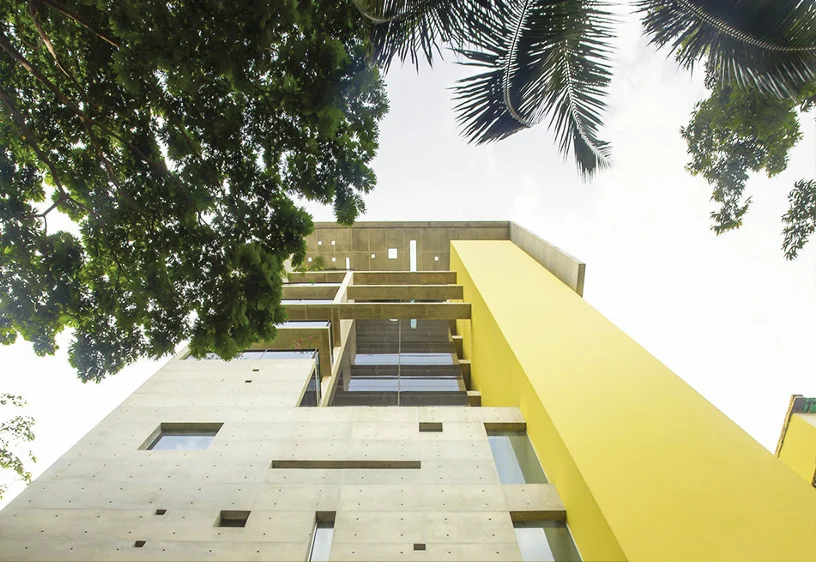
Commercial building owners are keener towards using their well-known reputation in terms of selling spaces, and with reputation comes along building functionality and safety measures. “The architecture we design is not only for visual aesthetics that happens by default. We focus on delivery and timeline because a building is not just a space, it has a significant relation to the economy. Architecture is not just art. The basic system involves proper functional planning and the utmost safety measures for fire and structural factors. To me, architecture is like a tailored ‘coat’, where the inner lining of clothes has to be the most comfortable for the user, and the outer material has to be visually pleasing to the observer. The outer sight can differ from tastes, but the internal functionality has to be accurate,” explained Mr Palash.
Architecture is a partial contributor to the destruction of this city, glorifying architecture is a cliché.
He does not just design commercial buildings, but apartment buildings as well. His most well-known architecture though being on the prefaces of avenues like Gulshan is mentioned often. In all these years, he never designed a single-unit family residence, deliberately. He has done notable work in Chattogram and is currently working on a mass development project in Rajshahi.
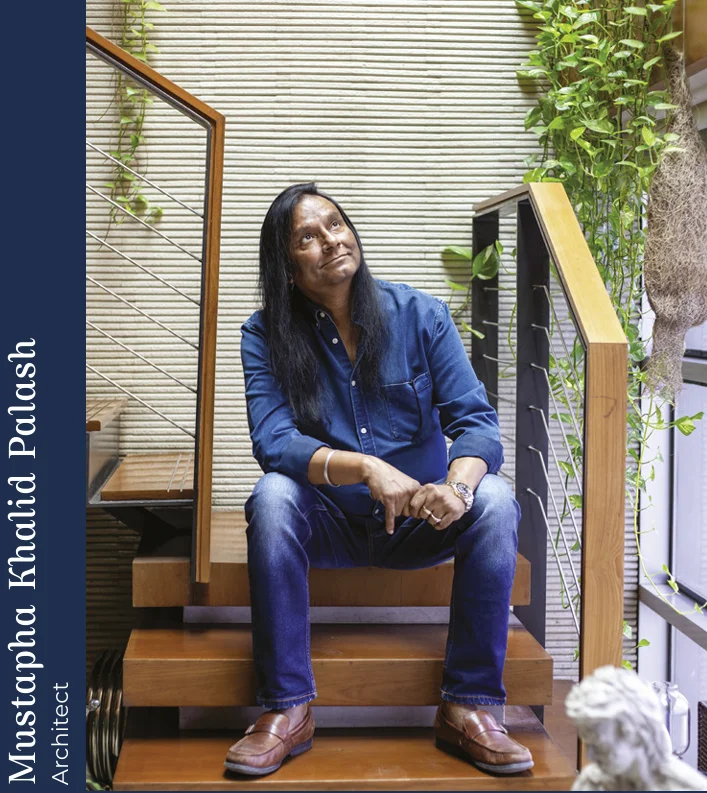
“The neo-modernism that our culture and society have gotten into has changed the social morphology to a different extent. The presence of a mobile phone is a distraction in relationships that has a social impact and even a lifestyle impact. Nowadays, apartment projects have ‘his and hers’ separate rooms, and the family living space culture is almost abandoned,” added the architect. Gulshan is already a heat island because of the excessive use of concrete, air conditioning and generator systems to support them. In addition to that the buildings are east or west facing on the avenue. Mr Palash and his team designed screening to reduce the internal effect of temperature. A few buildings even use photovoltaic glasses on the façade to produce renewable energy.
“I have a hidden geometry while designing my buildings. I believe in signature, a handwritten signature, not rubber stamping.”
“I have a hidden geometry while designing my buildings. I believe in signature, a handwritten signature, not rubber stamping. When I follow my geometric style, the buildings look like they are from the same house, but they are different in variation with visual expression” he mentioned. “The areas like Gulshan, Banani, Baridhara, Bashundhara R/A, Dhanmondi, and Uttara cannot be an example. The population density is much less there, and the distribution of basic commodities is also sufficient. The rest of the areas which are more organic, unsupervised, and ‘unorganised-ly’ growing are more in threat and should be taken care of” he added.
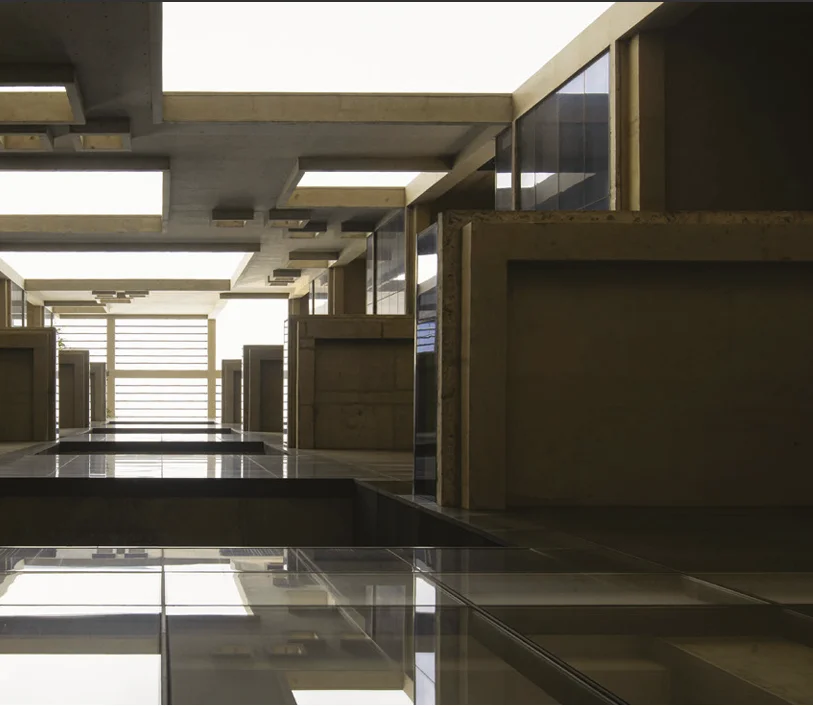
Born to an artist couple, Mr Palash had exposure to art and culture since childhood. His confidence was developed in a very nurturing way by his parents, which eventually made his path of journey easy. “When I was 6, I used to assist my father with his commissioned works. If he had any works with letters, he used to draw the outline and ask me to fill it up in his absence. That developed my moral support and confidence,” Mr Palash reminisced. This emotion and confidence can be seen in the paintings that he does. The artworks have a very meditative form of composition and colour palette, and his mesmerizing singing is also well known internationally. As humans are part of society and the city, architecture is an additional element, just like a house with furniture, that is functional and safe. I could not do something good with my architectural contribution to mass people, which saddens me from time to time.” Mr Palash sighed, “Architecture is a partial contributor to the destruction of this city, feeding the greed in us all. That is why I do not talk about architecture anymore. Glorifying architecture is a cliché. Besides being addressed as an architect and artist, Mr Palash appreciates being called a philanthropist. He has a foundation with which he tries to contribute to society, as he says his professional practice does not help much. He added, “No matter how much prominent architecture I design, and how well of a relationship I have with my clients, at the end of the day, those do not serve the mass people. If the whole sea is dirty, it does not matter how much of a shining diamond you are, you will get lost without being noticed.”
Authored by Rehnuma Tasnim Sheefa



